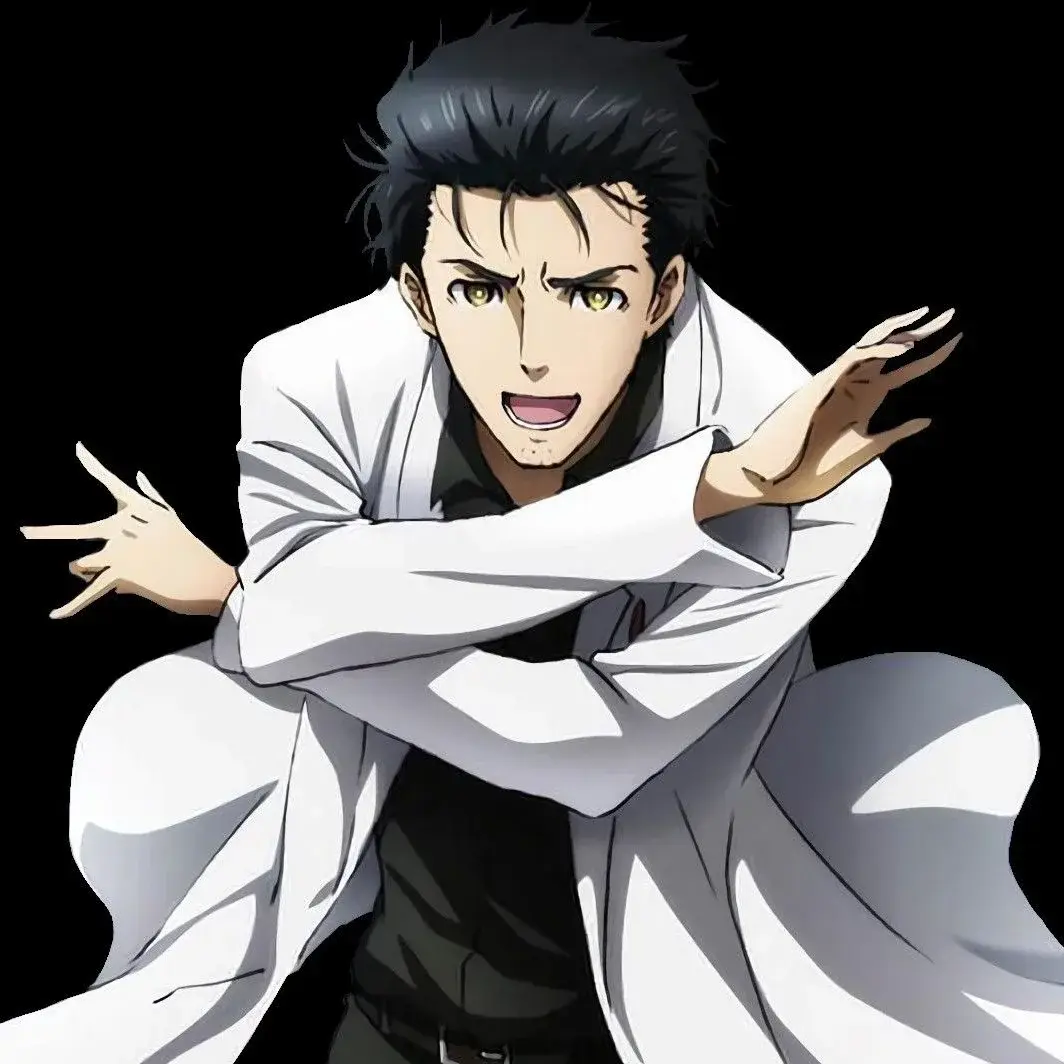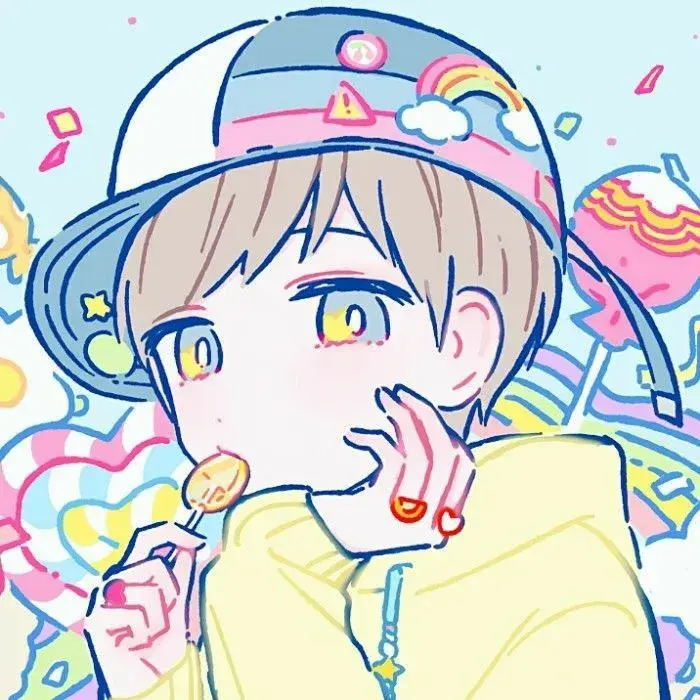- cross-posted to:
- dnd@lemmy.world
- cross-posted to:
- dnd@lemmy.world
Some excerpts:
About Record of Lodoss War’s origins:
Record of Lodoss War originally started as a TTRPG Replay, a written transcript of a tabletop RPG (TTRPG), with the first Lodoss War stories being a Replay for a Dungeons & Dragons campaign.
Reading the original Replays is oddly endearing. I expected the chit-chat, playful snipes at the DM, or even the reading of dice rolls to be cut out in order to make the players’ adventure read like an actual narrative and not a transcription. All of that stays in the Lodoss Replays, however. Everything from excitedly reading out dice results to the players’ reactions to twists in the narrative, to character creation itself, is kept in the text.
About its influence on Japanese TTRPGs:
Besides the good that Record of Lodoss War did for Group SNE as a company and the aesthetics of anime itself, it was also good for fostering a small but dedicated community of TTRPG aficionados in Japan. TTRPG Replays are still very much alive and well, although many of them are being replaced by Twitch VODs and YouTube videos.
Tabletop RPGs are still enjoyed as a pastime in Japan. Since Sword World [game created by Lodoss War author] dropped, Japanese game designers have produced a plethora of TTRPGs, including fantasy games like Alshard and Arianhrod, which both use their own versions of 2d6 dice systems, similar to Sword World. Both games are distinct from SW, with Alshard taking its imagery from Norse mythology and Arianhrod feeling more like Ragnarok Online than D&D, but they are still high fantasy games at their core.
About its influence on fantasy anime:
In much the same way that Fist of the North Star or Saint Seiya changed the shonen battle subgenre, or how Rose of Versailles changed romance manga, Record of Lodoss War brought a lot of key narrative and design elements to the foreground. The Lodoss aesthetic of flowing capes, long hair whipping around in the wind, and chitinous armour has been recreated and lampooned over the years.


The original OVA is a classic. I don’t remember much about the TV version.
Agreed, although I enjoyed the TV one also.
The TV series was okay, but was a lot more scattered than the OAVs. Mostly because the story was divided into two halves, with the second taking place several years later and having different protagonists. I found it pretty unexceptional, to the point that it’s one of the few series I didn’t rebuy in DVD or blu-ray after jettisoning my VHS tapes.
The OAVs have a more coherent plot, better music overall (the TV series’ only memorable song was Kiseki no Umi, the OP), and (IMHO) better artwork (although not necessarily better animation). Classic, as you say.